592 resultat hittades
Skip results of view Nyheter

International Day of Women and Girls in Science (IDWGIS) is celebrated annually on 11 February to encourage gender equality and empower women in all levels of Science, Technology, Engineering and Mathematics (STEM) disciplines. This year, the focus is on the role of women and girls in the purview of Sustainable Development Goals (SDGs) . A major challenge for women and girls in STEM is the gender gap. According to the latest research by PricewaterhouseCoopers (PwC), UK , only 16% of female respondents have had a career in technology recommended to them, compared to 33% of males. Similarly
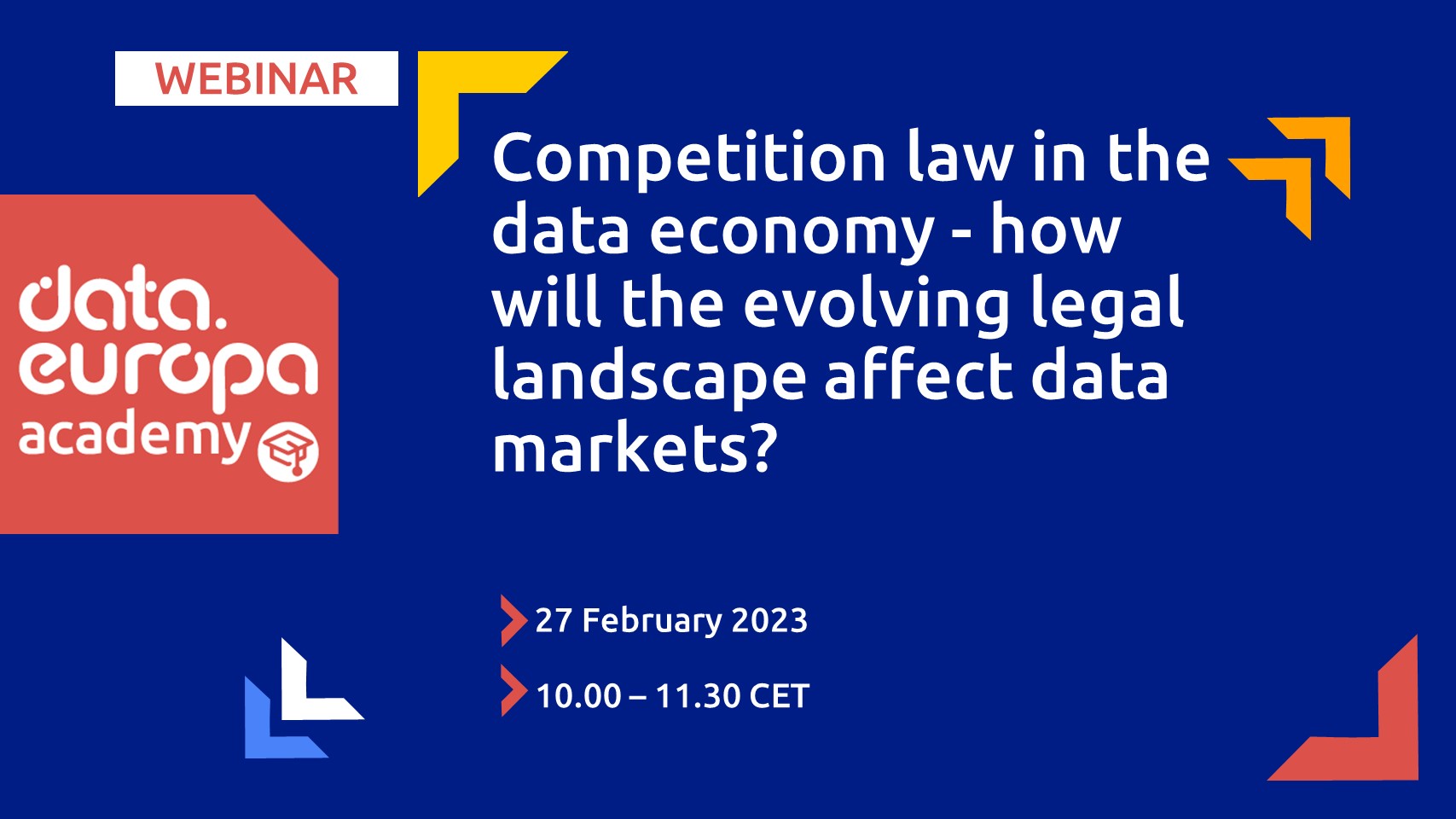
On 27 January 2023, a webinar on competition law in the data economy was conducted by data.europa academy to discuss how the evolving legal landscape would affect data markets. In the webinar, the ongoing discussions and evolutions around competitive and anti-competitive data sharing practices were presented. The webinar compared and contrasted the competition law against innovations of the proposed Data Act , which seeks to harmonize rules for fair access and use of data. The webinar began with a short presentation on the relevance of competition law to the data economy, followed by a view

The Digital Public Administration (DPA) Factsheet is an annual report published by the European Commission. It provides detailed information on how digitalisation is improving the delivery of government services and enhancing citizen engagement in the decision-making processes across European countries. The annual factsheet, first published in 2014, highlights the progress made by EU nations in e-governance and digital transformation of government agencies over the year. The DPA Factsheet 2022 gives an up-to-date account of the great improvements nations have made over the year. For instance
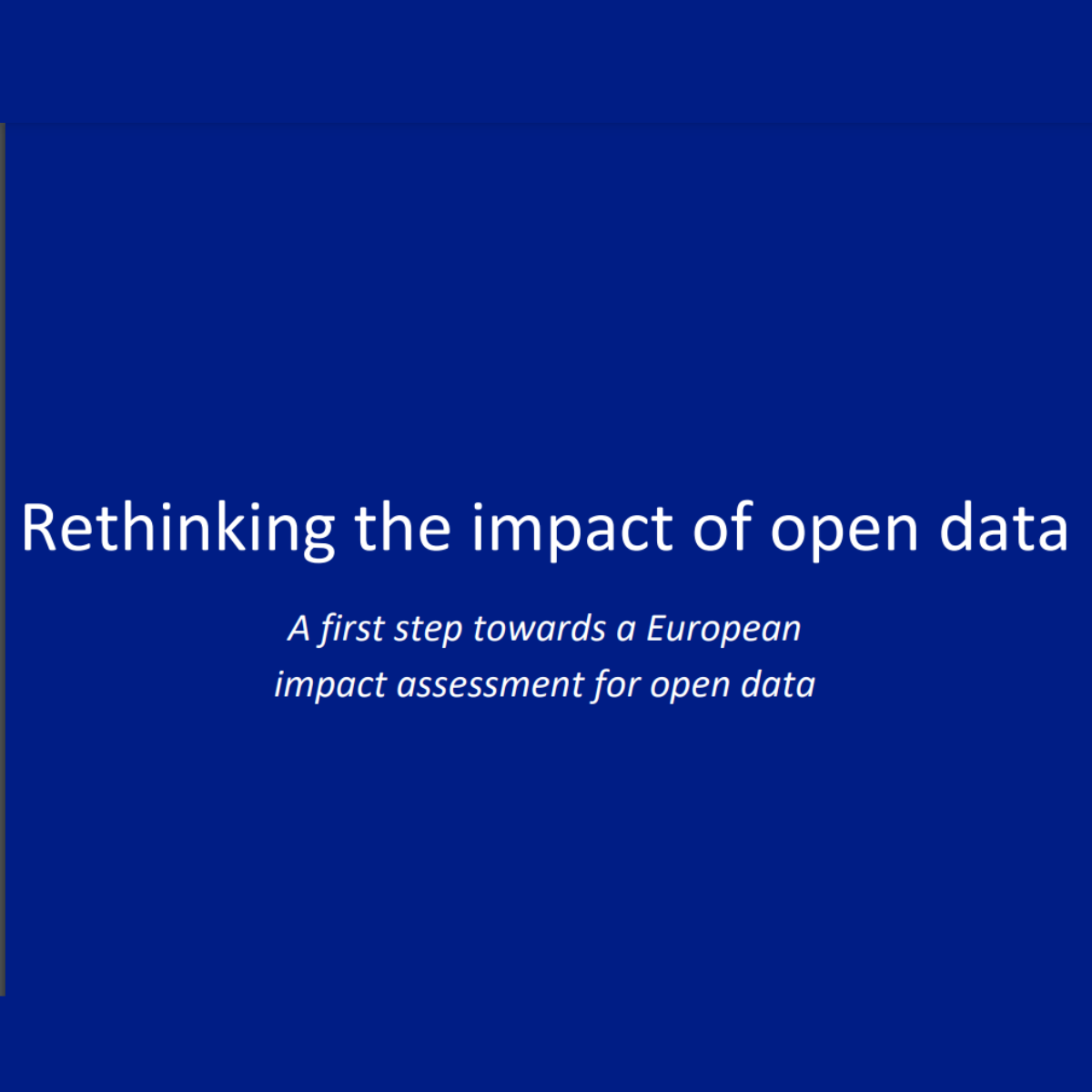
The recent publication by data.europa.eu, Rethinking the impact of open data , is the first step in the process of defining the methodology for a pan-European study on the impact of open data. The report, first in a series of four, provides an overview of the existing literature on the impact of open data, focusing on the use of open data portals, intermediaries and automated tools. Given the extent of open data availability, impact assessments often have a narrowly defined scope or explore the impact of existing open data frameworks, such as the Open Data Maturity (ODM) and Open Data
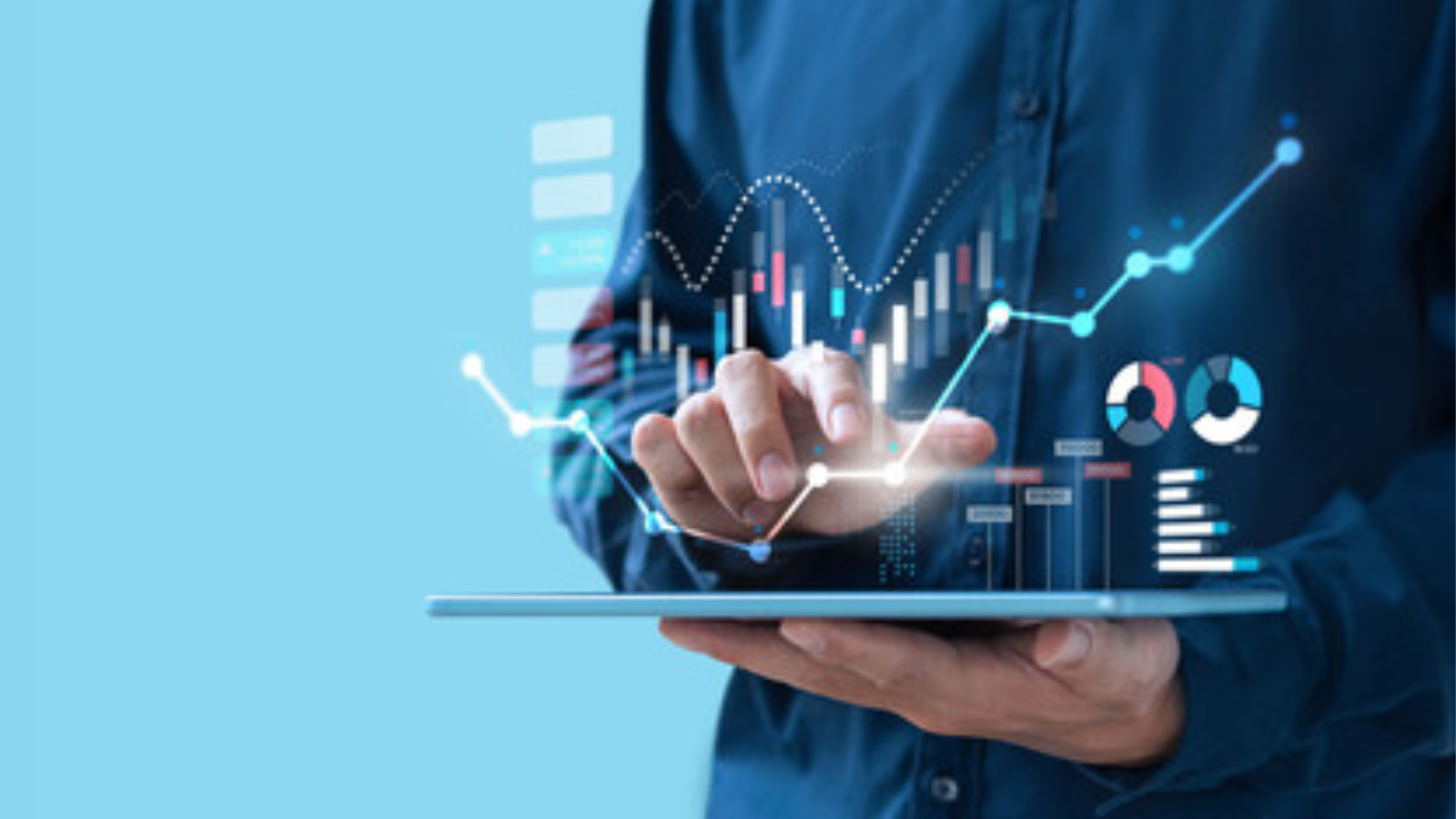
The EU continues to promote open data policies by making more Public Sector Information (PSI) available for public use. As a part of its current initiative, high-value datasets from a pre-defined list would be openly available to facilitate new information products, especially in Artificial Intelligence (AI). You can consult the high-value datasets implementing regulation and its annex published on the 21st of December here. The EU’s public sector is heavily data-intensive, with open public data or PSI playing a significant role in the EU data economy. Allowing openly accessible data to be
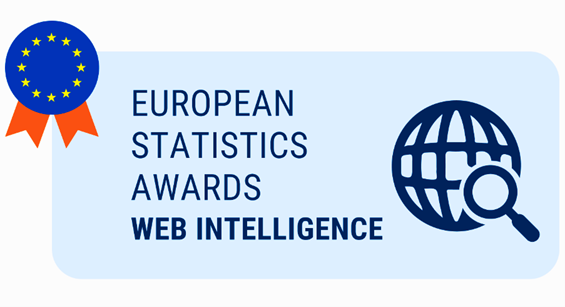
Eurostat has launched the European Statistics Awards Programme to foster engagement with the innovation community. Additionally, competitions in the fields of Nowcasting and Web Intelligence are also launched to identify promising methodologies that could improve the production of European statistics. The first European Statistics Award for Web Intelligence is a Deduplication Challenge, which was launched in December 2022. The focus of the challenge is to identify potential duplicate Online Job Advertisements (OJA) on websites. By addressing a real-world situation, this challenge aims to
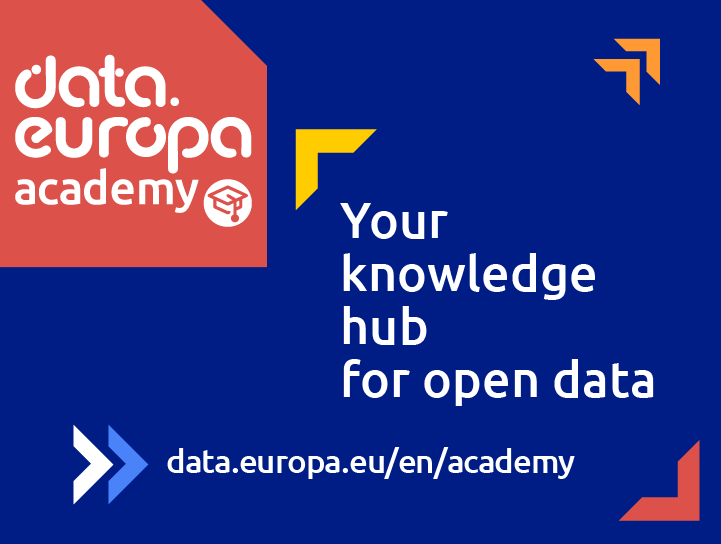
On Friday 20 January 2023, the webinar ‘ From theory to action: automatic data publishing ’ was hosted by data.europa academy . This webinar was the fifth of a series of six trainings organised by data.europa academy to support data providers in the data publishing process . This webinar focused on automatic data publishing and was presided over by Simon Dutkowski and Torben Jastrow from Fraunhofer FOKUS and Bart Hanssens , Interoperability expert, Interoperable Europe . Open data enthusiasts and representatives of various EU institutions and European national public administrations
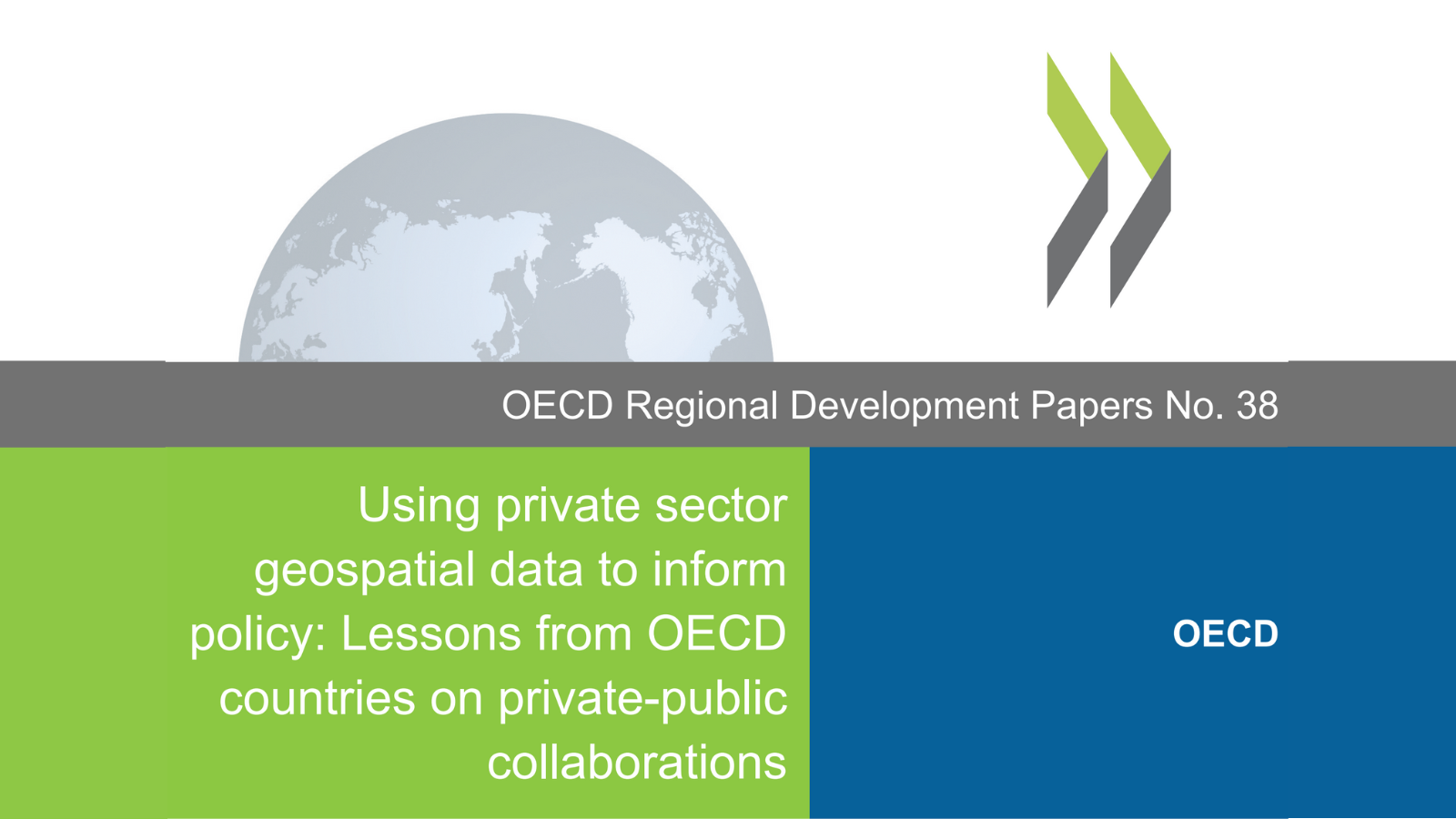
The Organisation for Economic Co-operation and Development (OECD) recently published its 38th Regional Development paper on governance and economics at urban and rural levels. The paper mentions the lessons from OECD countries on private-public collaboration using geospatial data and highlights the potential of combining traditional and unconventional data from both sources to facilitate cooperation between data providers and organisations responsible for public policy. One of the key findings of the paper is that the private geospatial data is frequently unavailable due to privacy concerns

This year the International Day of Education will be celebrated on the 24 January 2023. It is imperative to note that only education and upskilling the EU citizens will help achieve the set targets for the ‘European Year of Skills 2023’ and make the vision for digital transformation in Europe come true. Education can shape the employment landscape and aid in the overall development of the EU. Currently, many European companies are experiencing a significant skill gap and facing challenges in finding expert workers. About 3% of all available jobs are unfilled and 44% of EU citizens lack basic
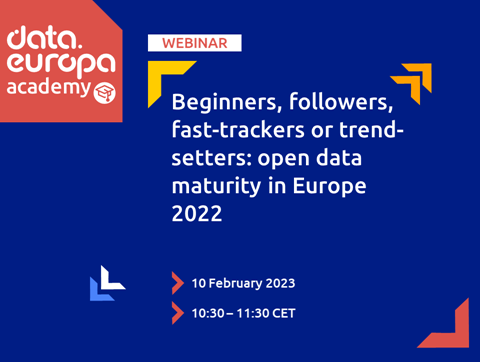
A webinar on the eighth Open Data Maturity (ODM) report will be organised by data.europa academy on 10 February 2023 at 10.30 to 11.30 CET. This would be the first of a two-part series of webinars to build a deeper understanding of the recent 2022 report among the participants. The ODM report is based on a self-assessment survey which facilitated in measuring the level of maturity among the EU countries against four dimensions: policy, impact, portal and quality. According to the score measured, the countries were then clustered into four groups, from the most mature to the least. This will
